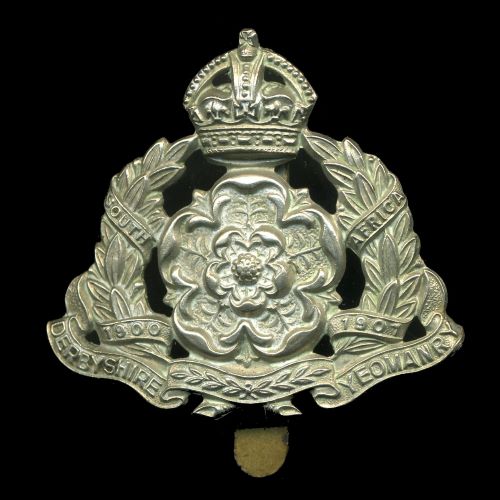How did a reconnaissance troop operate?
by:
Lieutenant Dennis Randall
Usually a Squadron was allocated a frontage in which to operate – it would have a left and right boundary – this would come from the CO, who would have had his orders from Division.
In the field of action there was always a “Startline”, which was simply that land that was under our control. Beyond that was just territory, occupied somewhere by the enemy. In 14/18 they spoke of no-man’s land but the mobility of the 39 war made that term somehow inappropriate.
Orders to do a recce usually came in the evening, and usually only 2 Sqdns would operate, one being held in reserve.
Each Sqdn commander would call a meeting of his troop leaders to give the orders for the operation. The usual instruction was that |troops would cross the Start line at first light, (always described as “Sparrowfart”.)
Each troop would be given a route of roads and tracks that he must follow until he could get no further. Various points along the route, such as villages, river crossings etc would be given code names – I remember one day they were all film star names, and I reported having reached “Bogart” and later ”Bacall”. Another day it might be football clubs or theatres – one would report that one had reached Drury lane and later Savoy. The golden rule was that once you were in contact with the enemy, you used clear language, not codes, as the enemy would know them. Every troop leader had a map case, and marked his allotted route on the celluloid cover with chinagraph pencil which could be wiped off in a second if there was danger of capture. The Sqdn Cmdr would provide intelligence information and various admin details, but basically orders consisted of start time, allocated routes and codenames.
In midsummer first light could be 4.30am and there would be no question of breakfast – tea would always be made – the 39/45 soldier could face anything if he had his tea and “Fags”.
After getting the orders from the Sqdn Cmdr, each troop leader would go to his troop, call his NCO’s together and brief them so that they could get everything ready for the start.
We would get up, have a cup of tea, then move off in the order which the troop leader had decided. An NCO always led in the first vehicle with the Troop Cmdr in the second. Bear in mind that we were moving into uncharted territory and had to have memorised the map in detail because lights could not be used…and reading the map meant knowing not only where to turn etc, but where the important features were which might hold enemy. You had to know when you could expect to go down or up, and where you would be overlooked from higher ground. Basically, one continued until one “bumped” the enemy. Whatever the bump, one reported back what had happened with details of enemy strength, armament etc etc…sometimes one went for an hour before seeing the enemy, sometimes 5 minutes – you never knew.
Note:
The Regiment was organised into 3 fighting squadrons and an HQ Squadron.
After coming back from the Middle East we were re-organised for the invasion, at which point each Squadron had 7 troops comprising of 3 Armoured Car troops, 3 Bren-gun Carrier troops and an Assault Troop in 6 or 7 White Halftrack vehicles.
